It’s that time again this weekend – it’s time to spring forward! This can be a bummer for many, since it means we technically lose an hour of sleep this weekend, however the sun will be out later which makes way for long, fun summer afternoons. Any sign of summer coming closer is good with us! This blog is not only a reminder for you to set your clocks back, but we’ve made it all about learning how to tell time.
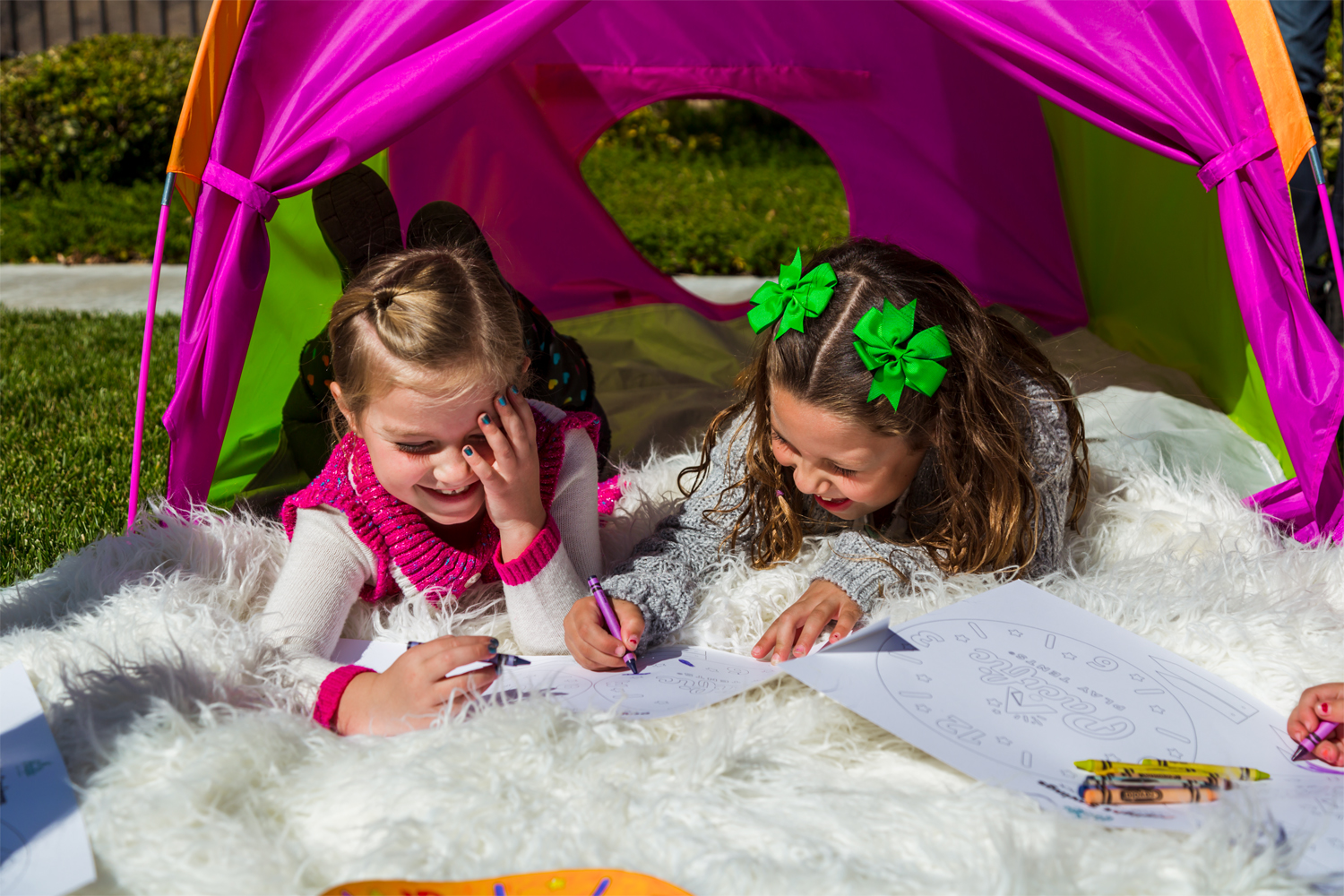
Here’s a little more on the origins of Daylight Saving Time from Live Science:
The idea of resetting clocks forward an hour in the spring and back an hour in the fall was first suggested by Benjamin Franklin in his essay “An Economical Project for Diminishing the Cost of Light,” which was published in the Journal de Paris in April 1784.
Many other countries change their clocks when adjusting to summer time, but the United States only began doing so towards the end of World War I in an attempt to conserve energy. The House of Representatives voted 252 to 40 to pass a law “to save daylight,” with the official first daylight saving time taking place on March 15, 1918. This was initially met with much resistance, according Michael Downing, author of the book “Spring Forward: The Annual Madness of Daylight Saving Time.”
Despite the public outcry, government officials enforced the time change until 1919, and allowed state and local governments to decide whether to continue the practice. It was reinstituted during World War II but, again, after the war the decision fell to the states.
In fact, even when Congress officially made the time change a law under the Uniform Time Act of 1966, it only stated that if the public decided to observe daylight saving time, it must do so uniformly. Hawaii and Arizona (with the exception of the Navajo Reservation), still choose not to partake in the convention, as do some U.S. territories, including American Samoa, Guam, Puerto Rico and the Virgin Islands.
My Tent Dome Tent
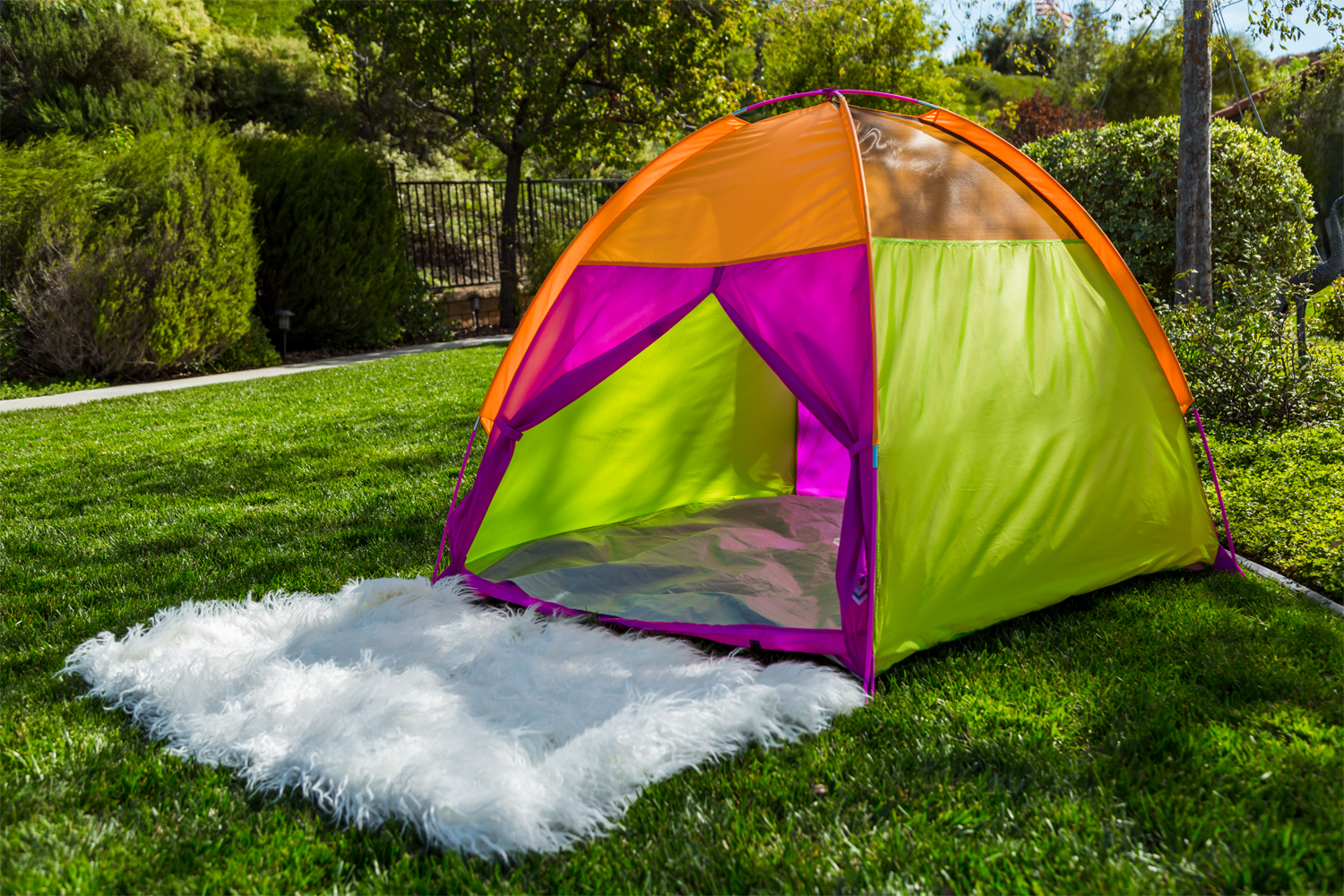
Not all tents are created equal! This 48” x 48” x 42” bright colored polyester tent is so durable, it can be used indoors or outdoors. It comes with “mesh” ventilation panels at the top for airflow on hot days as well as for easy viewing. The durable, washable floor made of polyethylene keeps spills from ruining the carpet, as well as keeping you dry from the wet grass.
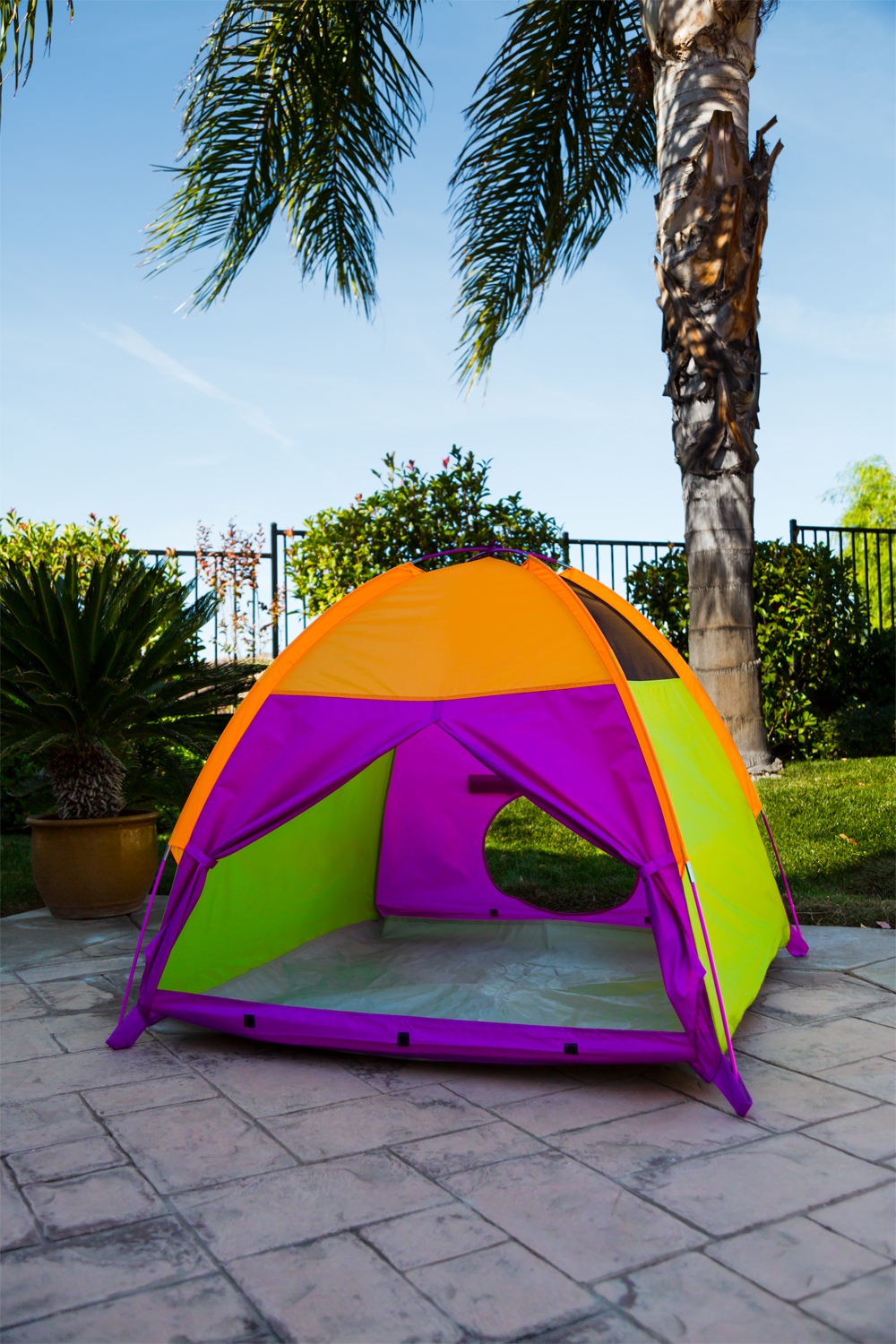
Great fun for an outdoor picnic, birthday party, or even sleepover as it’s sized for group play, this tent disassembles quickly and stores easy into its handy travel and storage bag.
DIY Clock
When teaching your little ones about Daylight Saving Time, or just learning how to tell time in general, it’s pretty much required that you have an interactive clock. It’s even better for you to have one that you can color and markup, so we’ve taken the paper plate clock up a stylish notch for you. We’ve got this super simple DIY Clock for you to print out and use as many times as you need!
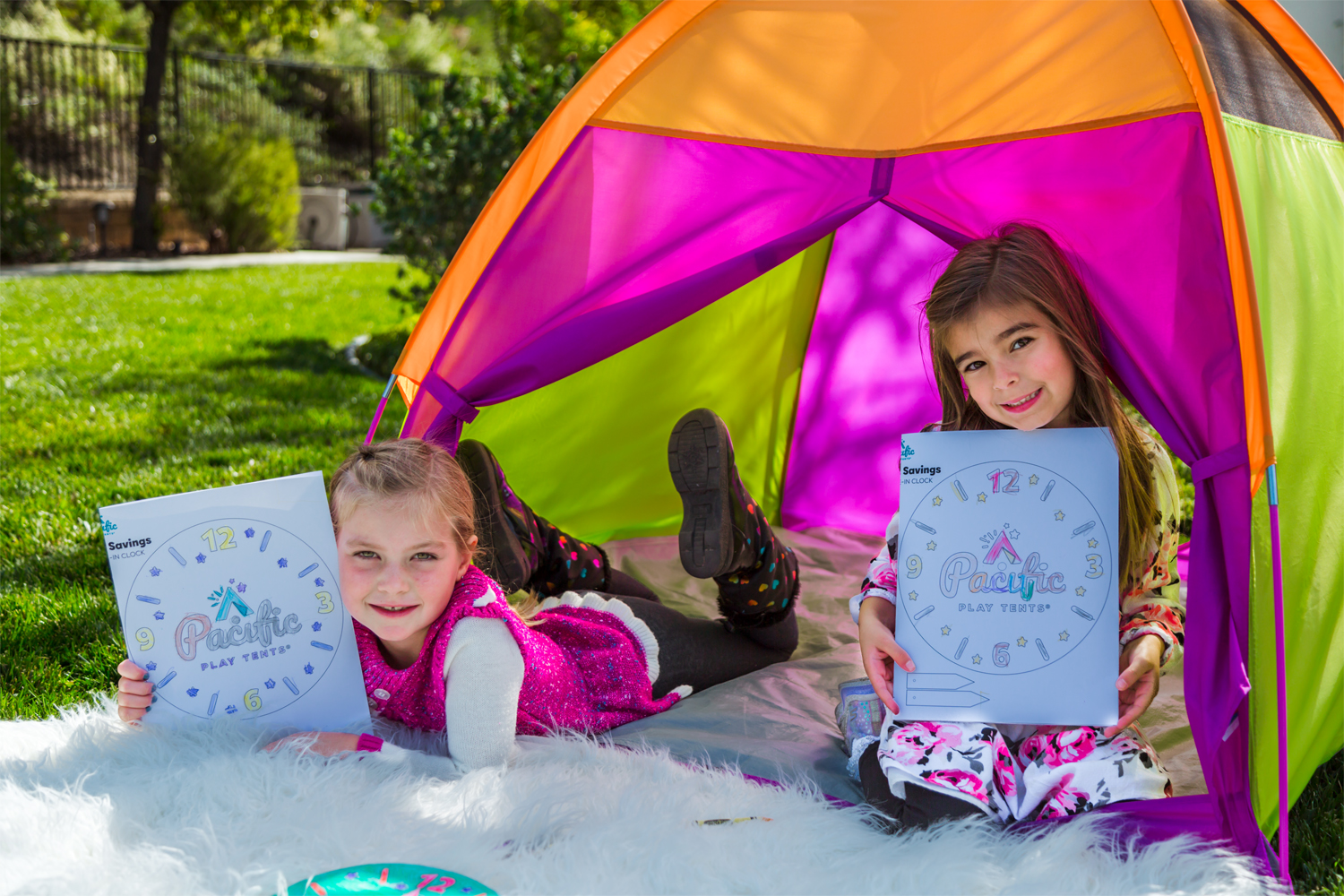
What You Need
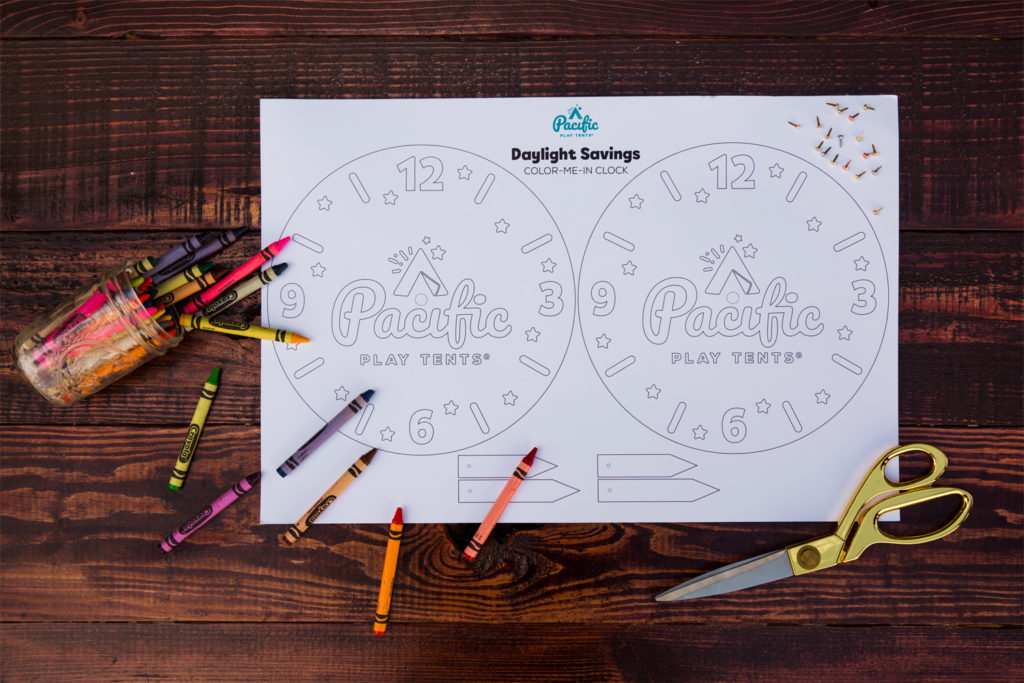
- Printable: Click here to print it out
- Markers, colored pencils or crayons
- Scissors
- Brad fasteners
How You Make It
- Print out the printable – click here to get it
- Color away to your heart’s content with the markers, colored pencils or crayons
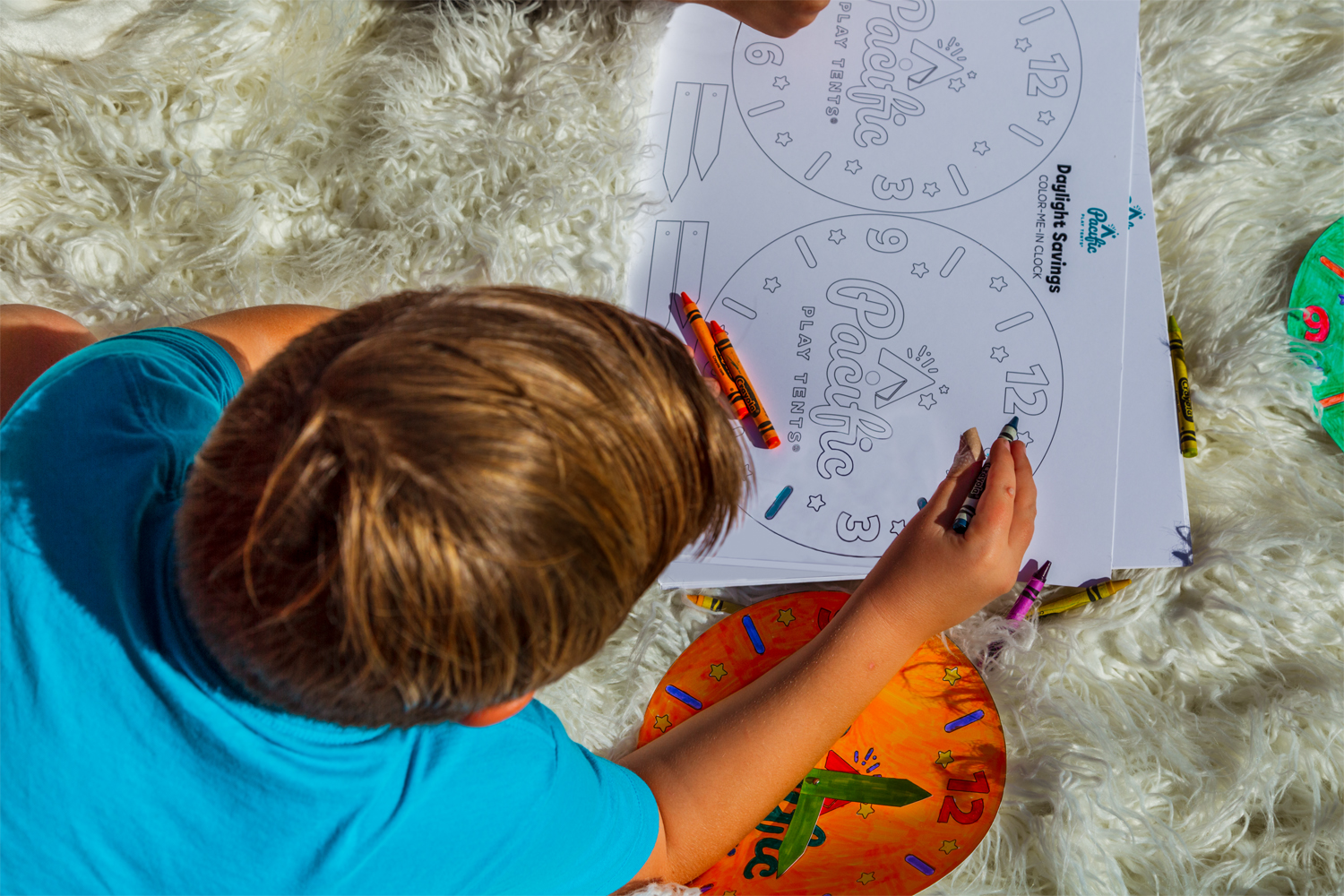
- Cut out the clock and arms from the paper
- Fasten the arms to the center of the clock with the fastener
- Start learning!

Time for Some Fun!
Now that you have your clock ready, it’s time for some exercises in how to tell time. We rounded up a few of our favorite clock learning games, below. These can be done with the printable at home, in the classroom, after school or at Grandma’s!
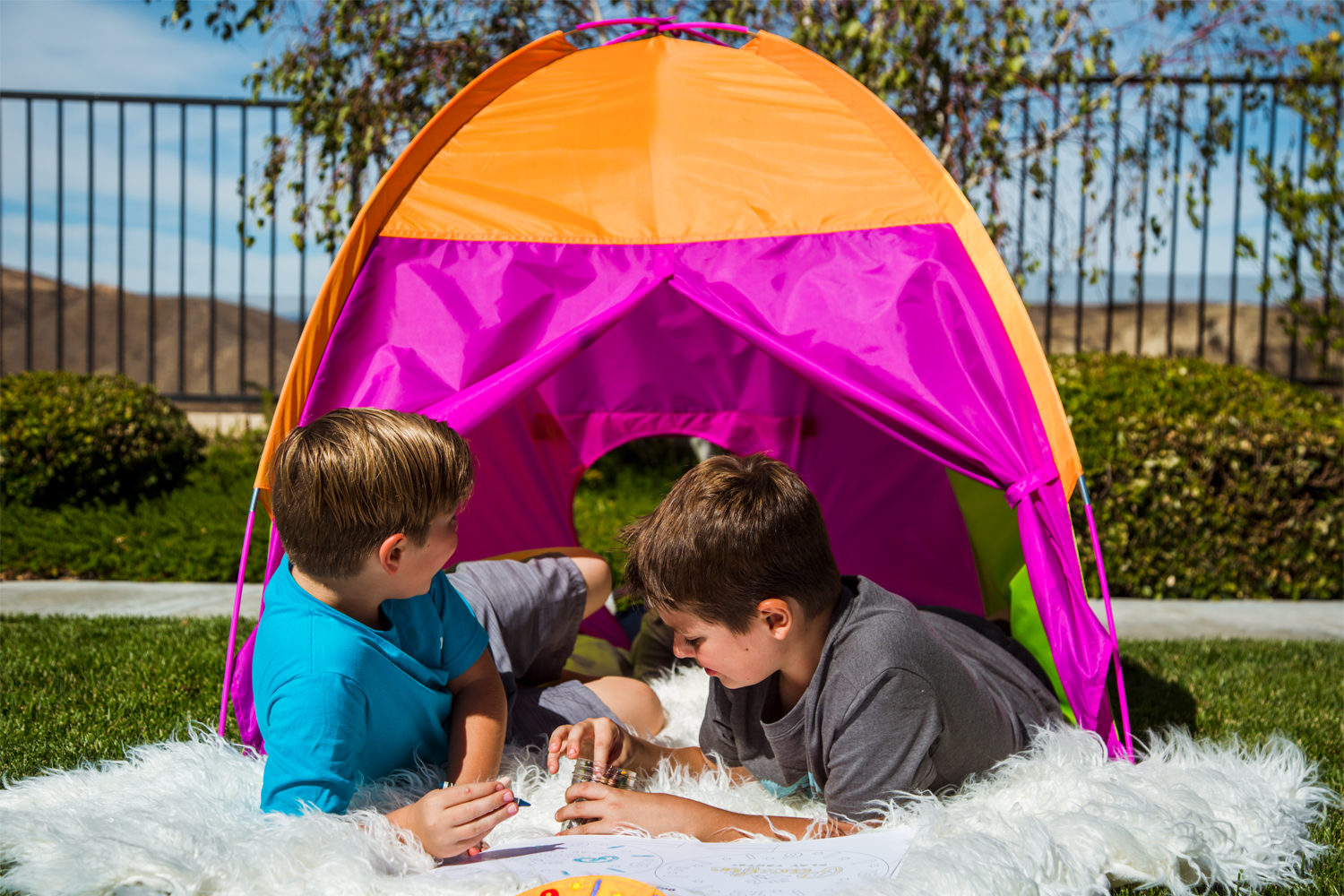
Roll The Dice
This is a super fun way to learn how to tell time! For this game, you will need three dice. Have one child at a time roll the dice, then put the arms of the clock where each dice lands from left to right. For example, if the child rolls a two, a four and a 6 from left to right, they will need to move the clock to 2:46. Then, have your children hold up their clocks at the same time and reward those who got it right with points or a prize!

Call It Out
This one is pretty simple, but with a little competitive twist. Turn the clock away from the children toward you and set the time. Turn it to them at the count of three, and whoever correctly reads the clock first wins! For bonus points, set it to an important time throughout the day. This can be bedtime, the time their favorite show is on or dinner time. Have them also exclaim what happens at that time for some bonus points.
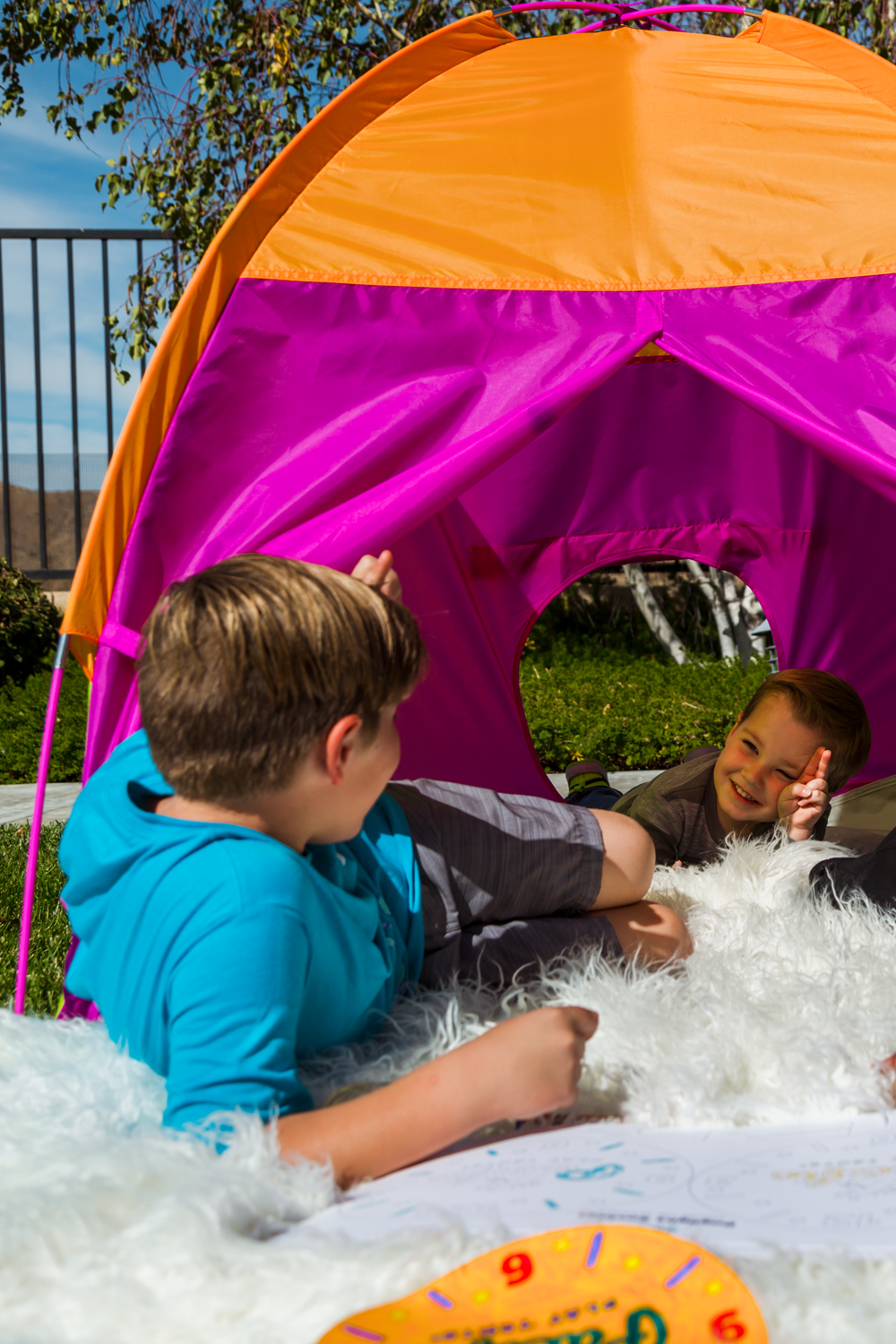
Moments In Time
You’ll need a fresh, blank printable clock for this one. Throughout the day, have your child take note of what time different memorable things happen. This can be done with a digital clock for things such as waking up, eating breakfast, leaving the house, coming home, eating dinner and going to bed.
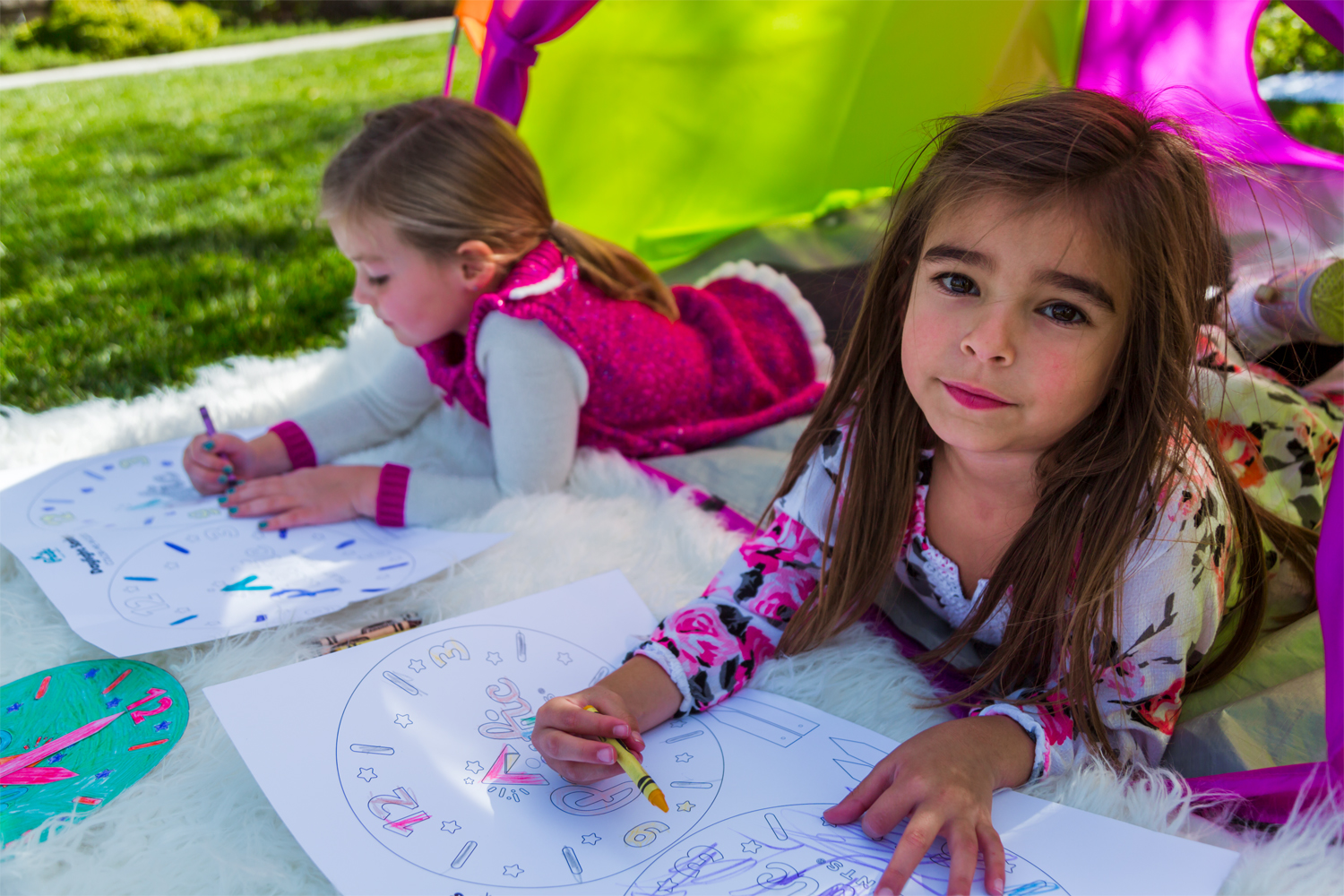
Then, when you’re ready to practice telling time, have your child trace the arms of those times onto the clock and color them in. Marking what the clock looks like during those important moments in time throughout the day will help them moving forward, and they will also get a better visual as to how the clock moves throughout the day.
Let Us Know!
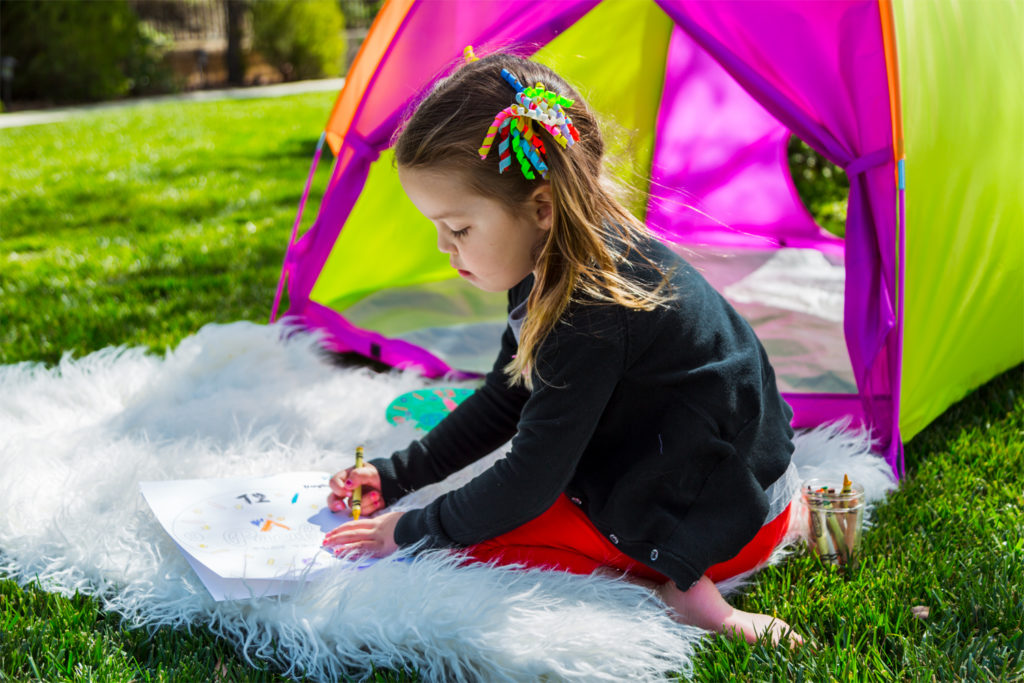
What are some fun ways you teach your children how to tell time? Are you looking forward to Daylight Saving Time? Let us know in the comments below!

